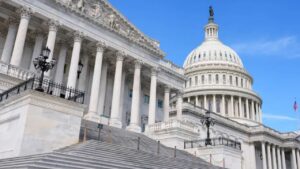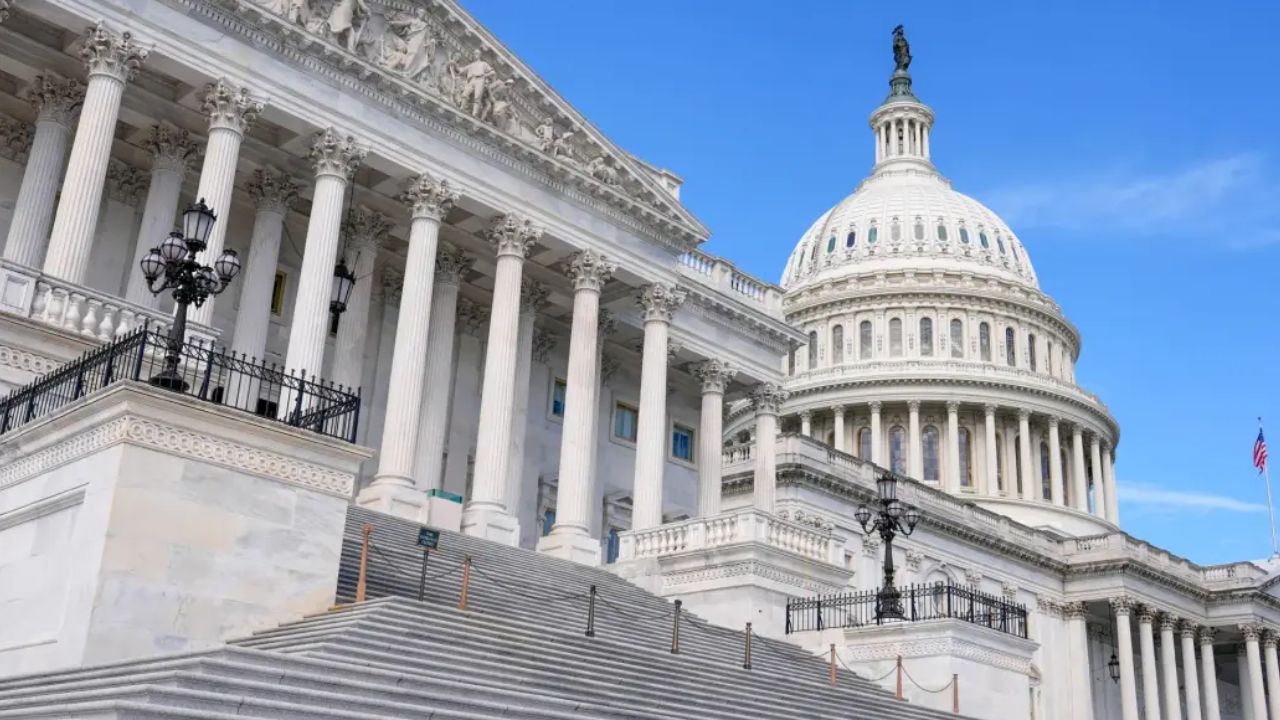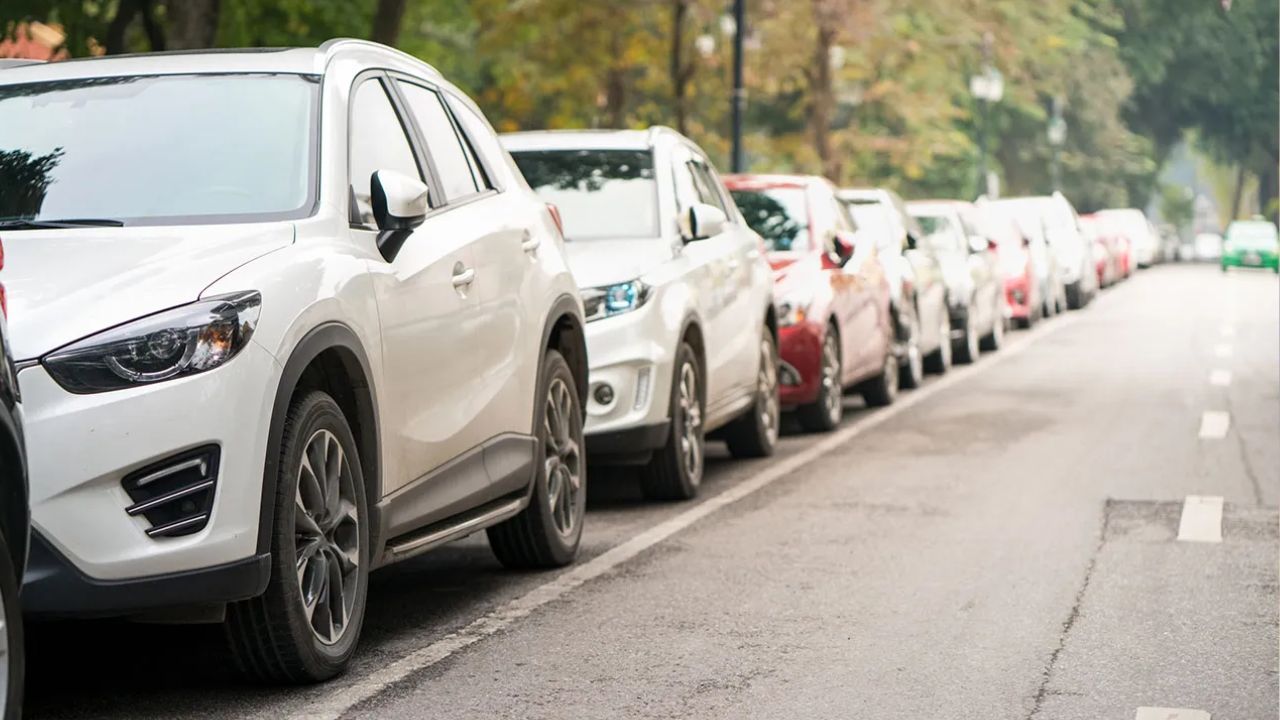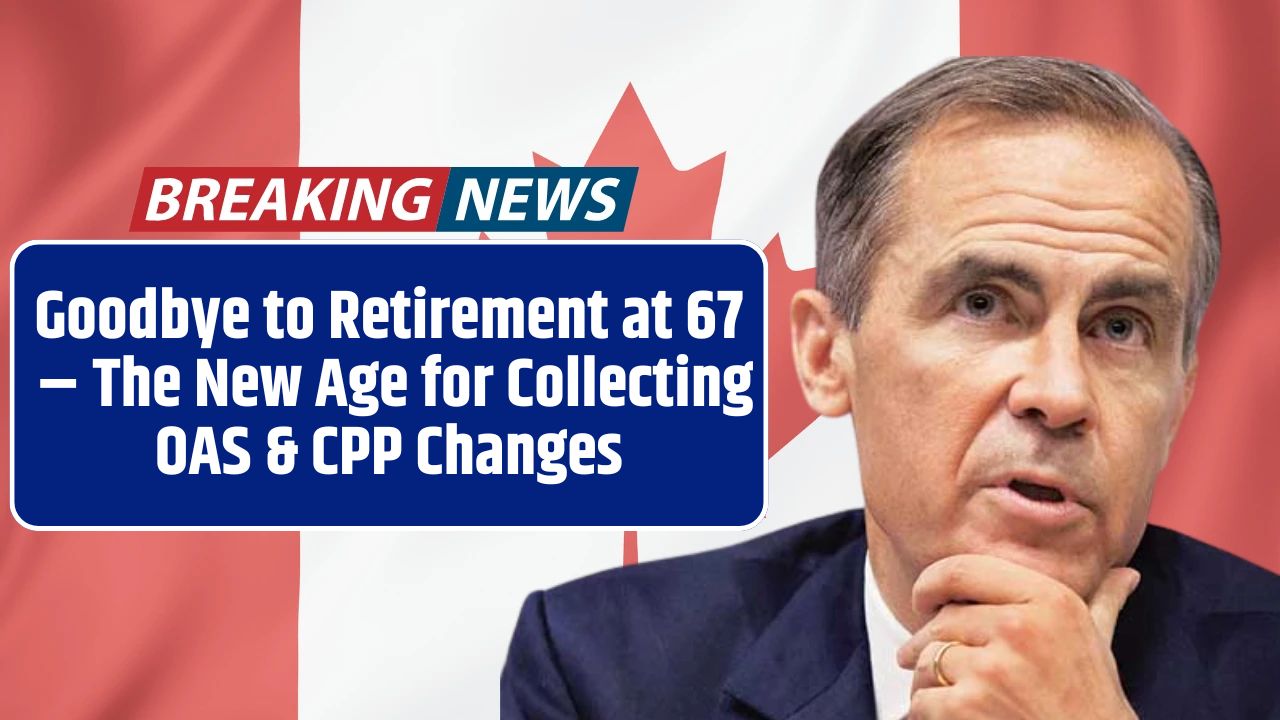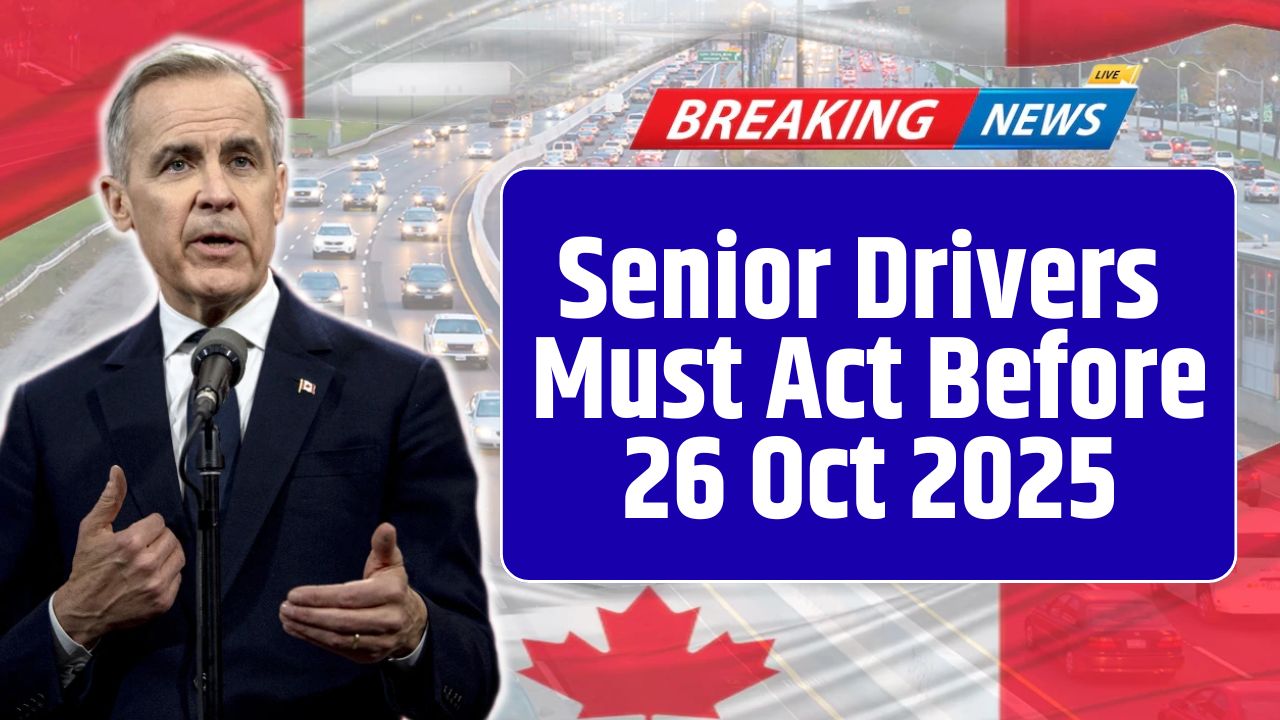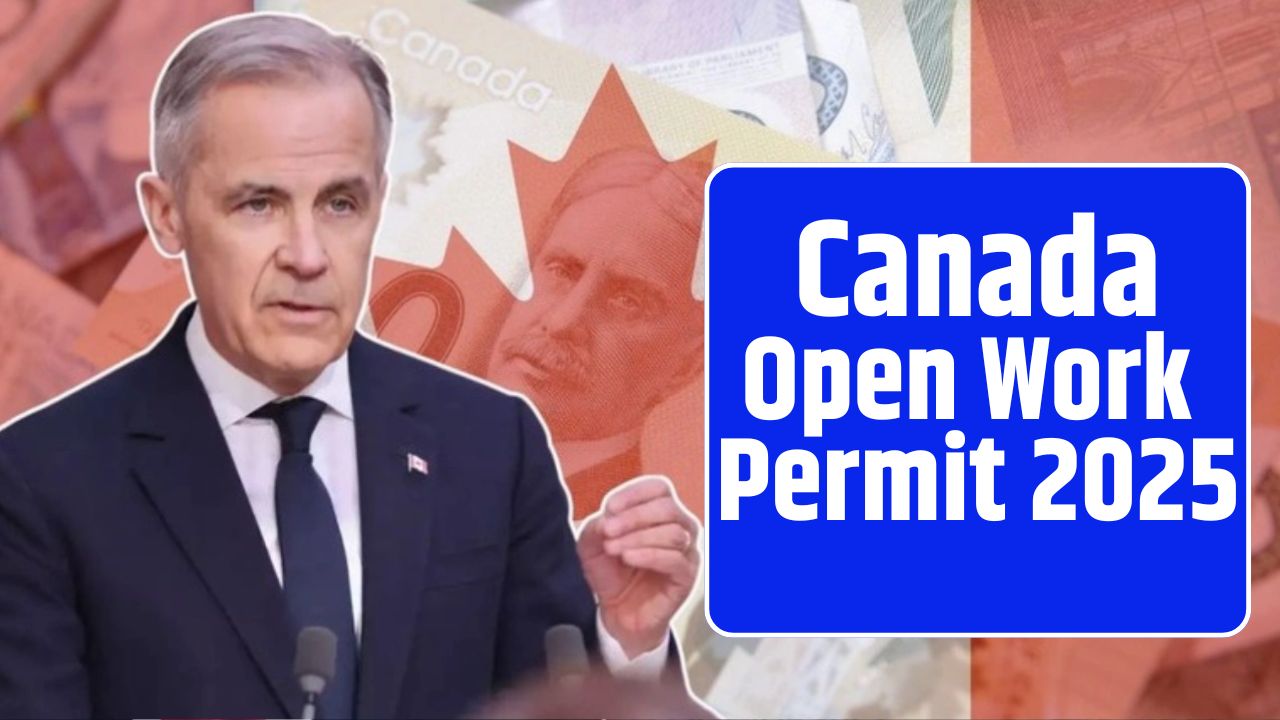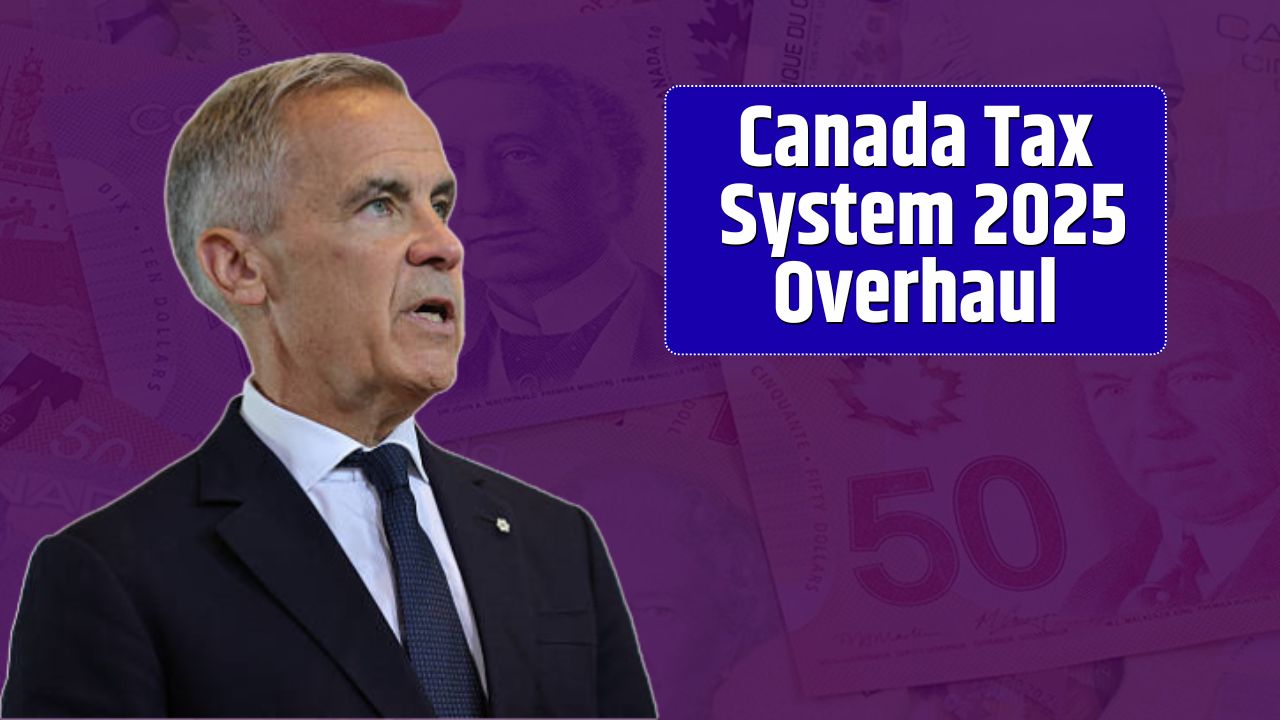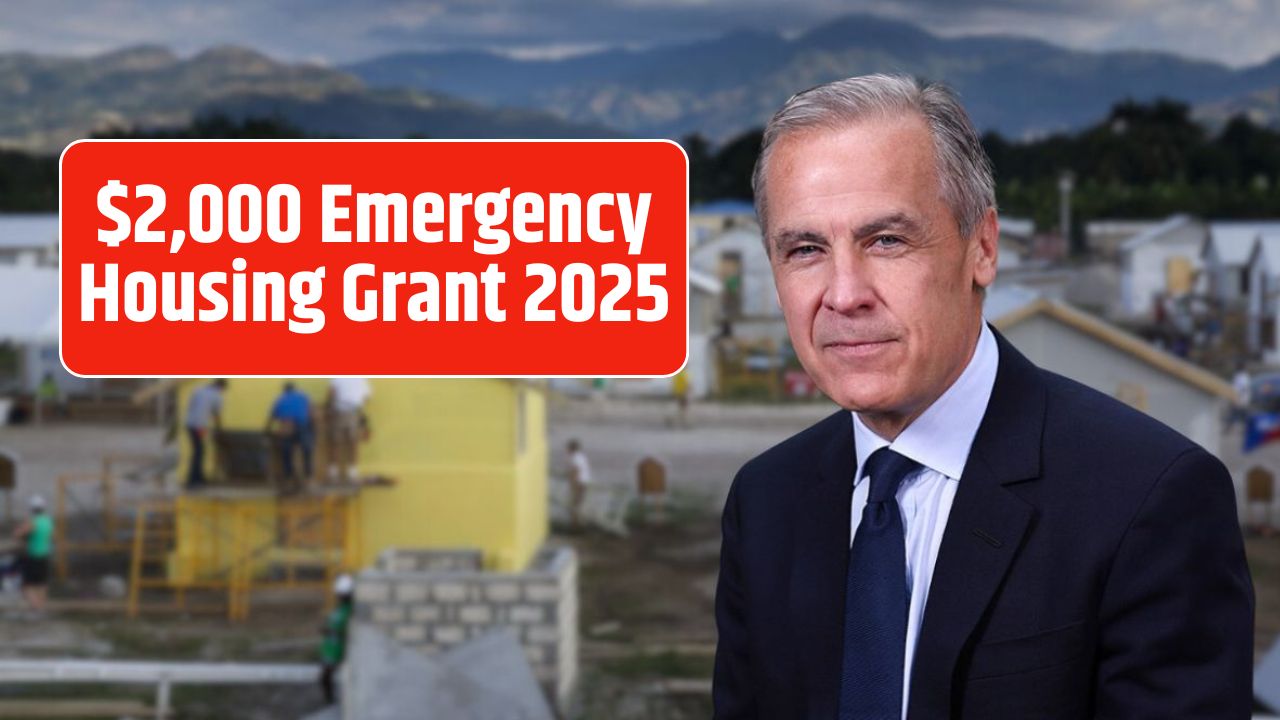Every fall, there’s that one crisp morning when the air feels sharper, the trees a little more brittle, and you can almost smell the snow coming. It’s that collective moment — when people pull out their heavier coats, check the forecast a little more obsessively, and whisper, “Maybe tonight.” The 2025–26 snow season is shaping up to be one worth watching, with long-range forecasters hinting at an earlier-than-usual start in parts of the northern U.S.
So when will that first snow actually fall this year? Let’s dig into what the science — and a few seasoned meteorologists — are saying.
The Science Behind the First Flakes
The first snowfall isn’t random. It’s a mix of climate drivers, geography, and a little chaos theory.
- Elevation and Latitude: The higher you go, the sooner it snows. The Rockies, Sierra Nevada, and northern Canada are perennial firsts because colder air arrives earlier at altitude.
- Moisture and Storm Tracks: Cold air alone doesn’t make snow — it needs moisture. When Pacific, Gulf, or Atlantic storm systems meet frigid air masses, that’s when the magic happens.
- Large-Scale Climate Patterns: This winter’s expected La Niña and a still-wobbly polar vortex may help push Arctic air farther south than usual. That could trigger early flakes across the Great Lakes, northern Rockies, and New England.
You can keep tabs on La Niña’s development through the NOAA Climate Prediction Center.
What the Early Forecasts Show
Several long-range forecasts are lining up with the same message: the first flakes could come earlier than average across northern regions.
| Region | Typical First Snow Range | Forecast (2025–26) |
|---|---|---|
| High Rockies / Alpine | Late Sep – Early Oct | Possibly September; early mountain snow expected |
| Upper Midwest / Northern Plains | Mid-Oct – Early Nov | Trend toward earlier start |
| Northeast Mountains | Early Oct | Flurries possible in early October |
| Mid-Atlantic / Central Plains | Late Nov – Early Dec | Delayed; likely closer to winter start |
| Pacific Northwest (High Terrain) | Oct – Nov | Early snow above 4,000 ft likely |
According to Snow-Forecast.com, the northern Rockies and Pacific Northwest are “on track for early success,” with light accumulations in alpine zones by late September.
The Farmers’ Almanac also hints that cold and snow could “arrive as early as September” in northern tiers, though most lower-elevation regions will need to wait until mid- to late fall.
Regional Highlights
Rocky Mountains / High Elevations:
Colorado, Wyoming, and Montana could see their first measurable snow before October. Higher-elevation resorts near Breckenridge and Big Sky are already prepping snow-making systems.
Upper Midwest / Great Lakes:
Chilly air sweeping down from Canada may bring the first flakes by late October, with the usual measurable snow arriving in early November — earlier than last year.
Northeast / New England:
Expect a mixed start. Vermont’s and New Hampshire’s mountain peaks could see flurries in early October, while coastal regions may stay rain-only until late November.
Pacific Northwest / Cascades:
High passes along I-90 and Oregon’s Mount Hood area could see early-season snow showers by mid-October as Pacific moisture meets cool inland air.
Mid-Atlantic / Central Plains:
Likely among the last to see winter weather — forecasts point to late November or even December before measurable snow.
For local averages, the National Centers for Environmental Information (NCEI) provides first-snow climatology maps at ncei.noaa.gov.
Forecasting Uncertainties
Long-range snow predictions come with plenty of wiggle room. A small temperature shift or a stalled jet stream can delay or advance first flakes by weeks. Meteorologists stress that early “snow outlooks” often refer to a trace or dusting, not necessarily an accumulating event.
Still, models agree on one thing: the northern U.S. could flip to winter earlier this year, while southern regions stay mild well into December.
What Early Snow Means for You
Early snow isn’t just an Instagram moment — it’s a logistical headache and, for some, a business opportunity.
- Travel: Check tire tread and winter emergency kits before mid-October if you live north of Kansas.
- Local Governments: Begin snowplow calibration, salt/sand orders, and drainage checks early.
- Farmers: Monitor crop maturity and harvesting windows — early frost can still bite.
- Wildlife: Early snow can disrupt migration timing, especially for deer and waterfowl.
- Ski Resorts: An early flake can make or break the preseason. Resorts in Utah, Colorado, and Vermont are already teasing potential early openings.
For safety resources and travel prep, the Federal Highway Administration offers a comprehensive winter-driving guide (ops.fhwa.dot.gov/weather).
FAQs:
When will the first measurable snow likely fall in the U.S.?
High-elevation areas could see measurable snow in late September, with most northern states seeing their first flakes by mid-October to early November.
What regions will see snow earliest?
The Rockies, northern Plains, and New England mountains are top contenders.
Will the 2025–26 winter be colder than usual?
Preliminary La Niña trends suggest colder and snowier conditions in the northern U.S. and milder weather in the South.



